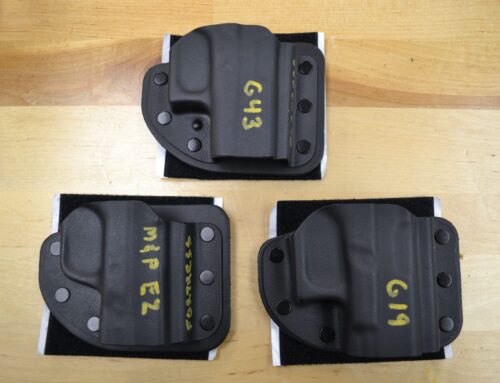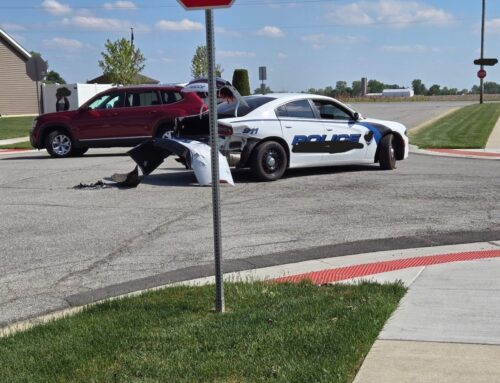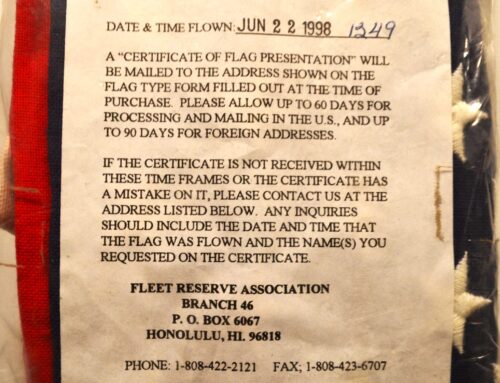In no field is the admonition “back to the basics” more necessary to continued fruitful work than in wound ballistics – Dr. Martin Fackler, Effects of Small Arms
The gun world is full of experts and one need look no further for conformation than any on-line debate regarding handgun calibers.
Handgun ballistic studies have been around longer than most reading have been alive, but the science was turned into an art by Dr. Martin Fackler. His 1988 publications set the bar on testing and data analysis of the effects of bullets on human tissue. Of course, the science has moved forward since his work.
General ballistic knowledge, and technology implemented in projectile and cartridge design, has advanced to the point where defensive carry ammunition is unrecognizable from what was available a mere 30-years ago. Manufactures like Federal, Corbon, and Lehigh, are turning out superior products, and great Instructors, like Dave Spaulding, spend countless hours testing every defensive round that hits the market. Those combined factors provide today’s defensive handgun owner with myriad of choices and expert input in the pilgrimage for the “ultimate carry round.”
But, is it worth the amount of time and effort the gun world seems to devote to it? I think not, as one thing hasn’t changed – All the studies, technology, and case evidence, still suggest that THERE IS NO HANDGUN ROUND THAT GUARANTEES A ONE SHOT STOP. No handgun practical for daily carry is equivalent to a rifle or shotgun’s capabilities. Shot placement, and shot speed (first on target), means everything…along with a dose of dumb luck.
One of the true High Priests of firearms training, Louis Awerbuck, put it like this: If we get shooter, pistol, caliber, and bullet design all matched perfectly, it may give you a 1 to 2% advantage in a fight.
Now, do we want that 1 to 2 % advantage? Of course. We don’t get to choose the who, what, where, when, or why of any purely defensive fight, so let’s control what we can. Equipment choice is something we can control – but it’s a minute portion. So small that we should only be spending 1 to 2% of our time concerned with it, devoting the other 98% on something that matters, like training. Our real advantage lies in our skills, not in magic bullets.
Of course, that doesn’t quell the never-ending debate about pistol calibers, or the constant use of the phrase “stopping power.” Which, by-the-way, I have yet to hear scientific meaning of. I hear all kinds of theories and homemade definitions, but I’ve never seen anything like ‘(a x b) ÷ π = Poof! End of violent asshole!’ That’s because it’s a sales pitch. It sounds good – it creates the illusion of scientific method – but it’s meaningless. And my message to responsible Instructors is harness your own stopping power and cease using it.
By indulging the term, we unleash one of two potentials in the minds of students: over-confidence, or under-confidence. Those taking us at our word are left thinking they either don’t have enough gun, or plenty. Both of those conclusions are destined for failure. Why? Because we’ve either created doubt in abilities based on “inferior” equipment, which plays on mindset, or we’ve provided an excuse to ignore training because fantasy now dictates that upon application of the “super bullet” our nemesis with explode in a shower of sparks!
Our job is to guide students to truth. And the truth is that we all need to lower our expectation in our equipment, and raise our expectations of ourselves!
My message to students of the Art is this:
Step 1 – Carry the caliber you can comfortably train with. The caliber you can shoot a few hundred rounds of accurately over a day’s training. Then spend 8 days a-year shooting those rounds under the tutelage of a reputable Instructor, and once-a-month go to the range and practice yourself, shooting at least 50-rounds. Strive for improvement each time!
Step 2 – Buy a few boxes of high quality defensive ammunition, like Federal HST, Lehigh Extreme Defense, or Corbon DPX or Powerball, and charge your carry magazines or speedloaders with it. Test them in your carry gun, and once you’re sure they work, don’t leave home without your pistol – check that – wear your gun every waking hour!
Step 3 – If you’re a Catholic, light a candle. If you’re a Scientologist, lawyer up. If you’re a Hindu, find a mantra along the lines of “evil pick someone else today.” And hope beyond all hopes that Odin smiles and allows you to see the fight coming so you can de-ass the area before it goes hot – because once it starts, we can expect to get hit, punched, kicked, stabbed, and/or shot. It’s going to suck! Our gun must work, and we’d better be ready, if need be, to shoot them like they vote in Chicago, which is: Early and often. And don’t expect some Ultra-Mega-Mega-Wonder-Bullet to instantly change an assailants attitude.
However, if you must worship in Church of Caliber, and you’re inspired to devote an hour typing up clever forum retorts illustrating why the round you carry is ordained by God – stop and ask yourself this question: For the hour I spent proselytizing, did I spend 99 on the range?
“Let the human mind loose. It must be loose. It will be loose. Superstition and dogmatism cannot confine it.” – John Adams, Nov 13, 1816






Leave A Comment
You must be logged in to post a comment.